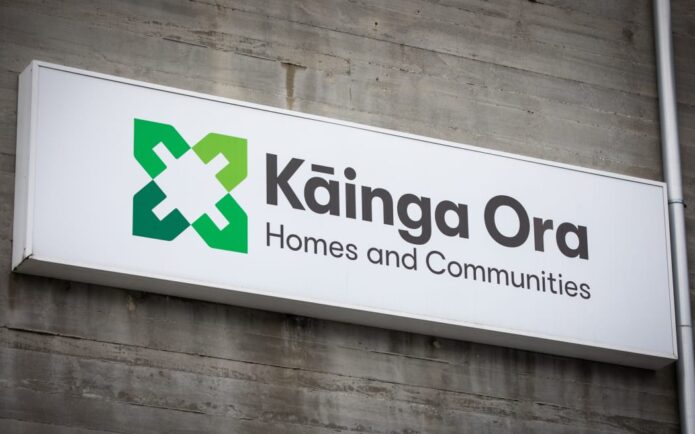PHOTO: New Domain research shows house price growth is stronger in many school catchment zones
New Domain research has found school catchment zones continued to add significant premiums onto already spiking property prices across Australia.
The School Zones Report showed annual house prices in 88 per cent of primary school catchment zones and 94 per cent of secondary school catchments have increased.
A school catchment zone is defined as the geographical location where a state school’s core intake of students must live.
“It’s astonishing to see that starting on a high base of house prices, some school catchment zones are achieving 10 to 20 per cent more than the suburb they are located in,” Dr Powell said.Domain’s Chief of Research and Economics, Dr Nicola Powell explained school catchment zones were frequently more expensive than the wider suburbs they were located in.
“It shows that Australians are prepared to pay for easy access to public schools.”
The top 10 primary and second school catchment zones reported more than 38 per cent house price growth year-on-year (YoY), compared to 29 per cent price growth in 2020.
In 46 per cent of primary and secondary school catchment zones, price growth outperformed the suburb they were located in.
“We know that as part of the property decision-making process, parents and investors consider the geographical location of a potential property in relation to a school catchment zone,” Dr Powell said.
“When people are looking for a home, they’re looking for a lifestyle, and education is a big part of that picture, be it in the inner-city suburbs or the coastal regions of Australia.”
School catchment compared to wider suburb median house prices in capital cities
The top growth rates in school catchment zones across capital cities ranged from 38 to 46 per cent, spread across inner, middle and outer suburban areas. Many of these top catchment areas were in lifestyle locations.
“Due to a shift in lifestyle such as flexible working and ongoing Covid impacts, people are spending more time at home and desire properties that have easy access to beaches and parks,” Dr Powell said.
“House price growth is evident in school catchment zones close to natural environments, making them ideal for families to live in.”
Secondary schools in Sydney and Melbourne had a bigger impact on property prices, compared to primary schools. This contrasts with 2020, when primary school zones were a larger driver of price growth.
Melbourne and Sydney also took the top two spots for the greatest school zone price growth, which was previously held by Perth. Dr Powell suggested this reflected a stronger property market in 2021 for these states.
READ MORE VIA ELITE AGENT












